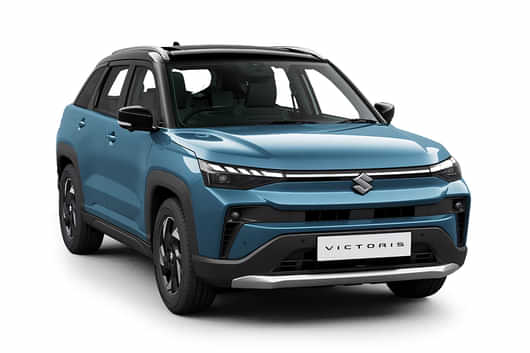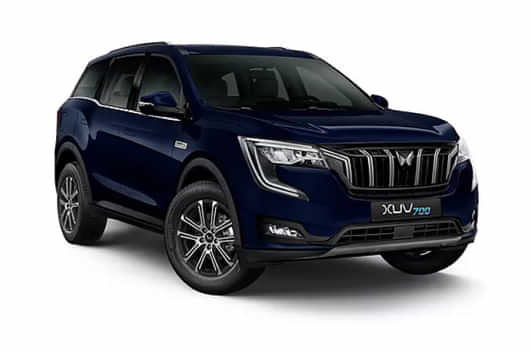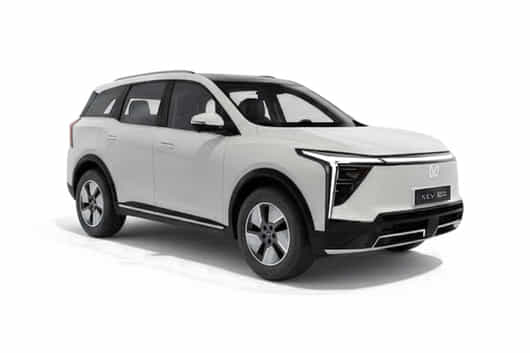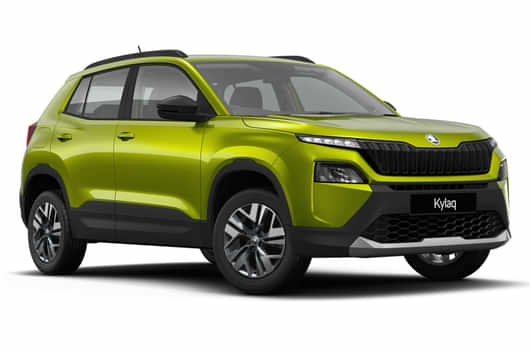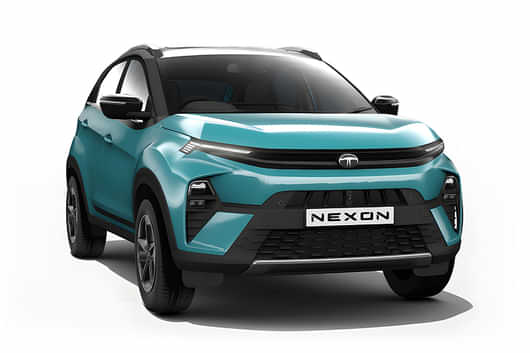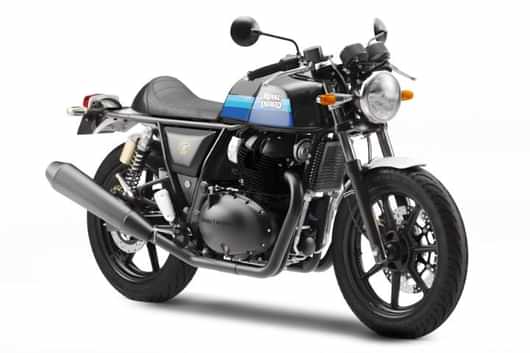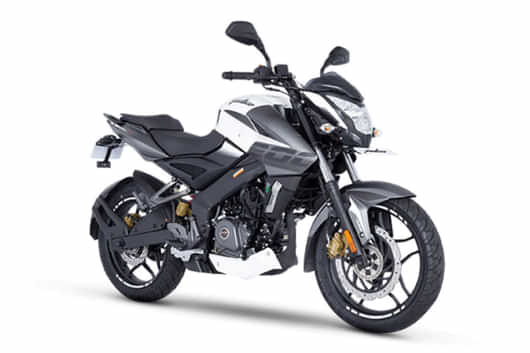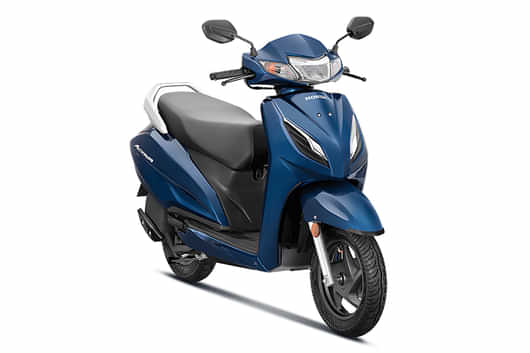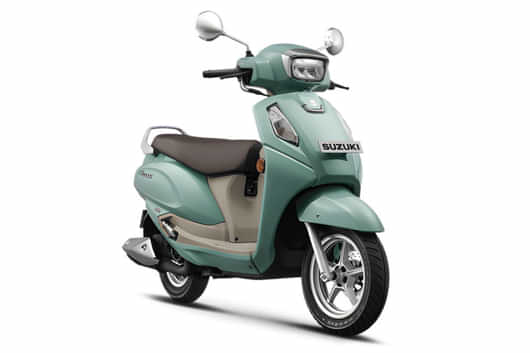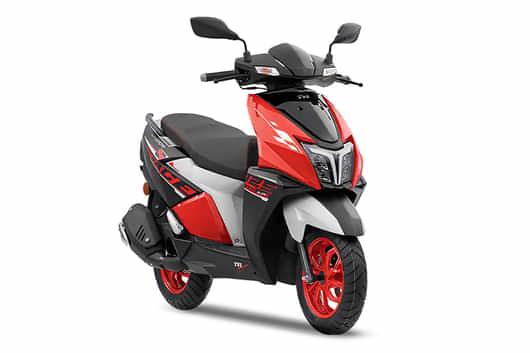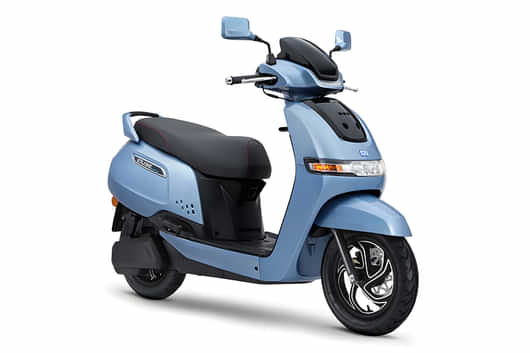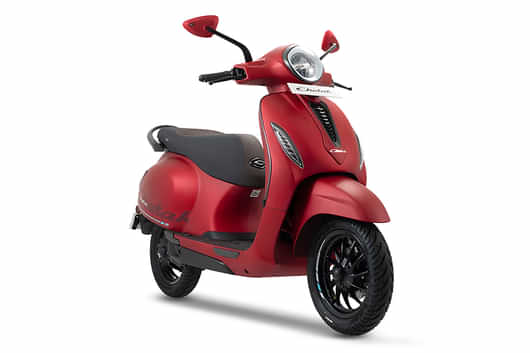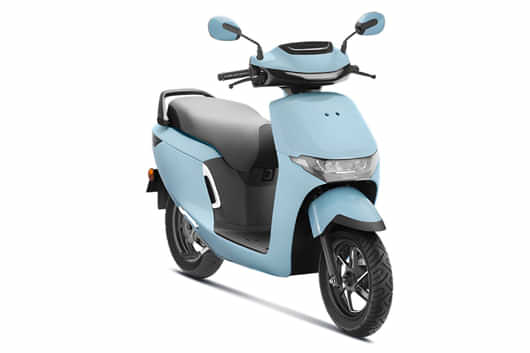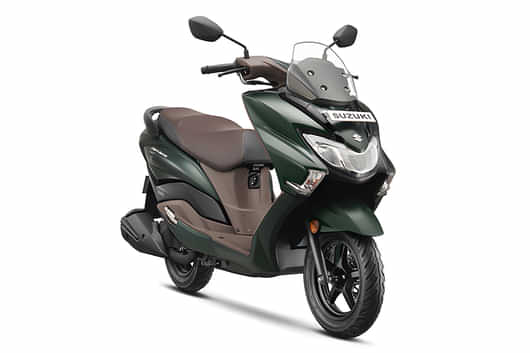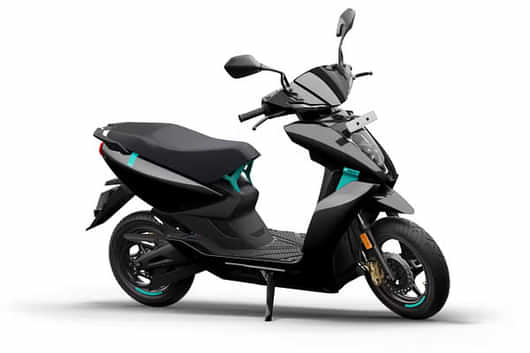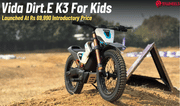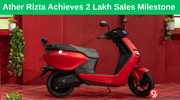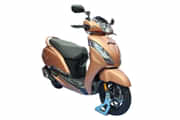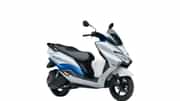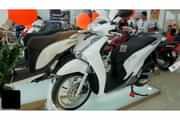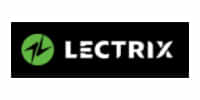
Electric two-wheeler usage is accelerating in India, and the first thing that jumps to mind is electric storage, often known as a battery. Different manufacturers use different batteries, and new battery technologies are still being developed. In an automobile application, several needs and parameters must be met, such as particular energy and power, energy density, self-discharging rate, operating temperature, number of life cycles, efficiency, cost, and environmental adaptation. In India, the manufacturers mainly use electric two-wheelers. Let's have a look at the types of electric two-wheeler batteries.
Lithium-ion Battery

Also Read: Different Types Of Electric Vehicle Chargers Explained
This is the most common battery storage system in e-two-wheelers. Lithium-ion batteries have a high power-to-weight ratio, improved high-temperature performance, and a reduced self-rate, among other advantages. A lithium-ion battery is made up of positively charged lithium ions that are moved from the anode to the cathode via a liquid electrolyte, providing the required charge.
Lithium-ion batteries have a better capacity to sustain a full charge over time than conventional batteries. Since these battery parts are recyclable, they are an environmentally friendly solution.
Ola S1 Pro, Ather 450X, and TVS iQube are among the electric two-wheelers that use lithium-ion batteries.
Lead Acid Battery

The oldest rechargeable batteries are lead-acid batteries. Prior to the use of lithium-ion batteries, this was the most realistic choice. They are substantially less expensive to produce, but they are generally heavier and discharge at a higher pace.
A negative porous lead electrode on a plate immersed in dilute sulfuric acid makes up a lead-acid battery. The latter is the site of charge and discharge, in which chemical energy is transformed to electric energy and vice versa.
Since lead-acid batteries have a limited depth of discharge, it has a direct influence on their service life. These batteries are more expensive since they don't last as long as regular batteries.
Also Read: Do You Want To Buy An Electric Vehicle? Know The Pros And Cons Of EVs
Nickel Metal Hydride Battery

One pole of a Nickel-Metal Hydride battery contains Nickel alloy, while the other contains Nickel oxyhydroxide with potassium hydroxide as the electrolyte. The battery is typically slower to charge and discharge, and it carries less power per weight, therefore it takes longer to charge. These are commonly used as a replacement for non-rechargeable alkaline batteries with similar shapes. NiMH batteries also have a lower risk of leaking and exploding.
Solid State Battery

Solid-state batteries are among the next phases in battery tech being studied to enhance the present lithium-ion and lithium-polymer battery systems. Instead of the typical liquid or polymer gel electrolyte used in lithium-ion or lithium-polymer batteries, these batteries employ solid electrodes and solid electrolytes. Lower charge times are another benefit, in addition to better energy density. However, the technology is still in its early phases of development.
So, this was all about the types of electric two-wheeler batteries used in India. Join 91Wheels WhatsApp and 91 Wheels Telegram groups to know more about vehicles, conduct discussions on your favourite ride, and much more! Also, you can subscribe to our Youtube channel for video content on the latest from the world of cars and motorcycles.
























